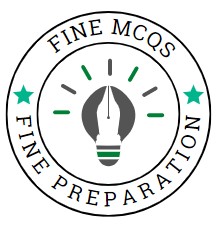21. Which of the following planets takes very nearly the same time for a rotation on its own axis as does the earth?
(a) Jupiter
(b) Mars
(c) Neptune
(d) Uranus
22. The only planet in the solar system which rotates on its axis from East to West is
(a) Earth
(b) Jupiter
(c) Neptune
(d) Uranus
23. The largest number of natural satellites (or moons) that any one of the planets of the solar system has is—.
(a) 5
(b) 22
(c) 63
(d) None of the above
24. Which of the following planets has almost the same mass, size, and density as the earth?
(a) Venus
(b) Mars
(c) Saturn
(d) Uranus
25. Who was the second to observe sun-spots after Ibn Zubir?
(a) Galileo
(b) Halley
(c) Newton
(d) None of the above
26. The time required by sunlight to reach the earth is–.
(a) 598 seconds
(b) 698 seconds
(c) 498 seconds
(d) 798 seconds
27. What name is given to the path of the sun amongst the stars in our galaxy?
(a) Celestial sphere
(b) Ecliptic
(c) Elliptical path
(d) Zodiacal signs
28. The visible part of the sun is called –.
(a) Ionosphere
(b) Hydrosphere
(c) Photosphere
(d) Troposphere
29. When and by whom were the rings of Saturn discovered?
(a) Galileo; 1610
(b) Edmund Halley; 1682
(c) Newton; 1682
(d) Tycho Brahe; 1590
30. “Galileo Satellites” named after their discoverer, are four large moons of the planet–.
(a) Jupiter
(b) Neptune
(c) Saturn
(d) Uranus

